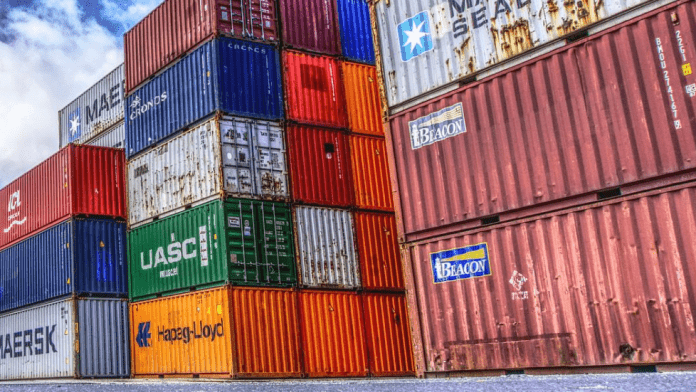Real-time economic intelligence provider, QuantCube Technology has added three new real-time economic indicators to the QuantCube Macroeconomic Intelligence Platform, tracking congestion in three of the busiest container ports in the world, Shanghai, Los Angeles/Long Beach and Rotterdam.
The QuantCube Port Congestion Indicators aim to provide an early signal about problems in global supply chains, according to a statement.
QuantCube combines real-time geolocation of the merchant fleet using AIS data with its own proprietary mapping of the anchorage zones to measure the number of vessels in anchorage waiting for a berth in these ports, as well as the average time spent by these vessels in the anchorage zones before berthing.
The indicators are updated daily and calculated as a seven-day average to even out any difference in activity levels over weekends.
“Spikes in the Port Congestion Indicators can suggest local pressures, such as local authorities closing or restricting activity at a port due to Covid-19 restrictions, strike activity, storms or other disruption,” said QuantCube, adding that “a sustained increase in the indicators can signal systemic tensions in global and regional supply chains.”
The data can be used to guide short-term strategies on freight rates and the long-term rebalancing of portfolios against inflationary risks, according to the company’s announcement.
“Customers that already use QuantCube’s Global Trade data to understand changes in international trade, commodity trade, crude oil sentiment and automotive exports have been asking for greater insight into port congestion. The existing indicators in this space from other providers simply don’t provide the combination of granularity and timeliness required, with detailed information typically only updated weekly or monthly,” claimed Thanh-Long Huynh, CEO of QuantCube.
The new set of QuantCube indicators are available through QuantCube’s Macroeconomic Intelligence Platform, which also provides real-time indicators for inflation, tourism, global trade, and key macro-economic variables.







